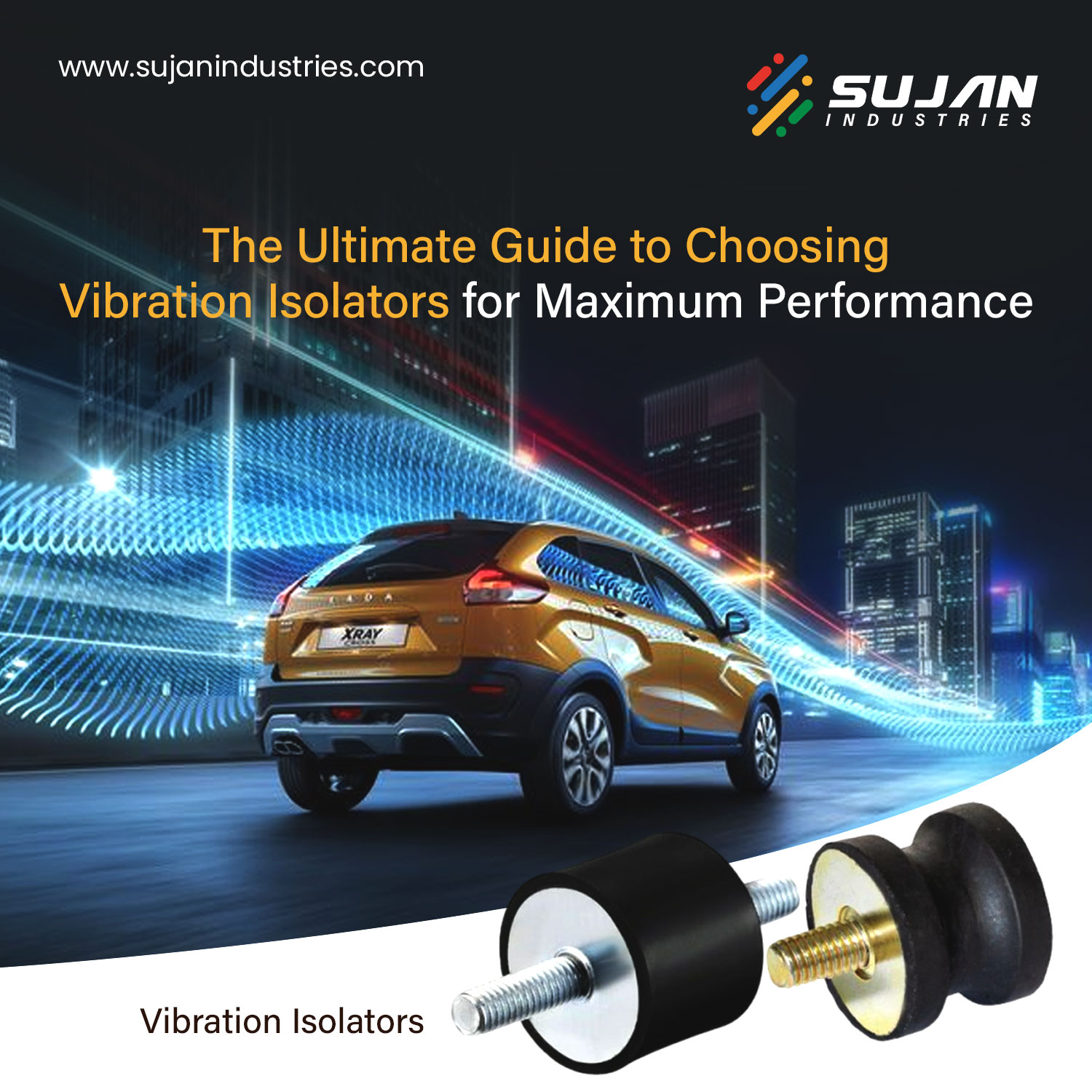
Machines running smoothly one day and vibrating uncontrollably the next – this is something every engineer, facility manager, or procurement head must have faced at least once.
The result? Noise complaints, unexpected downtime, and costly component failures.
The culprit behind much of this is unchecked vibration. Left untreated, it doesn’t just rattle the shop floor; it erodes machinery health, shortens lifespan, and compromises safety.
That’s where vibration isolators step in. These simple but powerful devices absorb, dampen, and redirect vibration forces, creating stability and reliability across industries.
In this blog, we’ll break down what they are, the different types, and most importantly, how to select the right isolator for your application so you get maximum efficiency, safety, and performance.
At their core, vibration isolators are devices that separate machines from their mounting surfaces, reducing the transfer of vibration and noise.
Whether it’s a generator in a factory, an HVAC unit on a high-rise, or automotive engines on the road, isolators prevent vibrations from propagating and damaging surrounding systems.
The first rule in selecting an isolator is knowing your equipment’s weight. Undersizing leads to premature isolator failure, while oversizing can reduce efficiency.
For example, a supplier of aftermarket parts in India will typically specify load ratings for each isolator type; review these carefully before making a choice.
Material choice often dictates performance:
For outdoor machinery, materials resistant to oil, water, and UV exposure are critical. Sandwich mounts with treated elastomers, for instance, perform well in rugged conditions.
Every machine has a “natural frequency.” If the isolator isn’t tuned to offset that range, you’ll amplify vibrations instead of reducing them.
As a rule of thumb, choose an isolator with a natural frequency significantly lower than that of the machine’s vibration.
In automotive applications, this is why engine mounts are engineered with precision to balance between reducing vibration and maintaining structural stability.
It’s no surprise that many procurement teams prioritize sourcing from a trusted supplier of aftermarket parts in India to ensure both quality and compliance with global standards.
Choosing the right vibration isolator is about aligning the right technology with the right application. From sandwich mounts in heavy machinery to engine mounts in automotive systems, each type plays a role in ensuring efficiency, durability, and safety.
At Sujan Industries, we specialize in delivering durable, high-quality isolators that meet global standards and local needs. With decades of expertise, we help industries minimize downtime and maximize reliability.
Looking to enhance your equipment’s performance? Get in touch with our experts today and explore vibration isolation solutions built for your success.